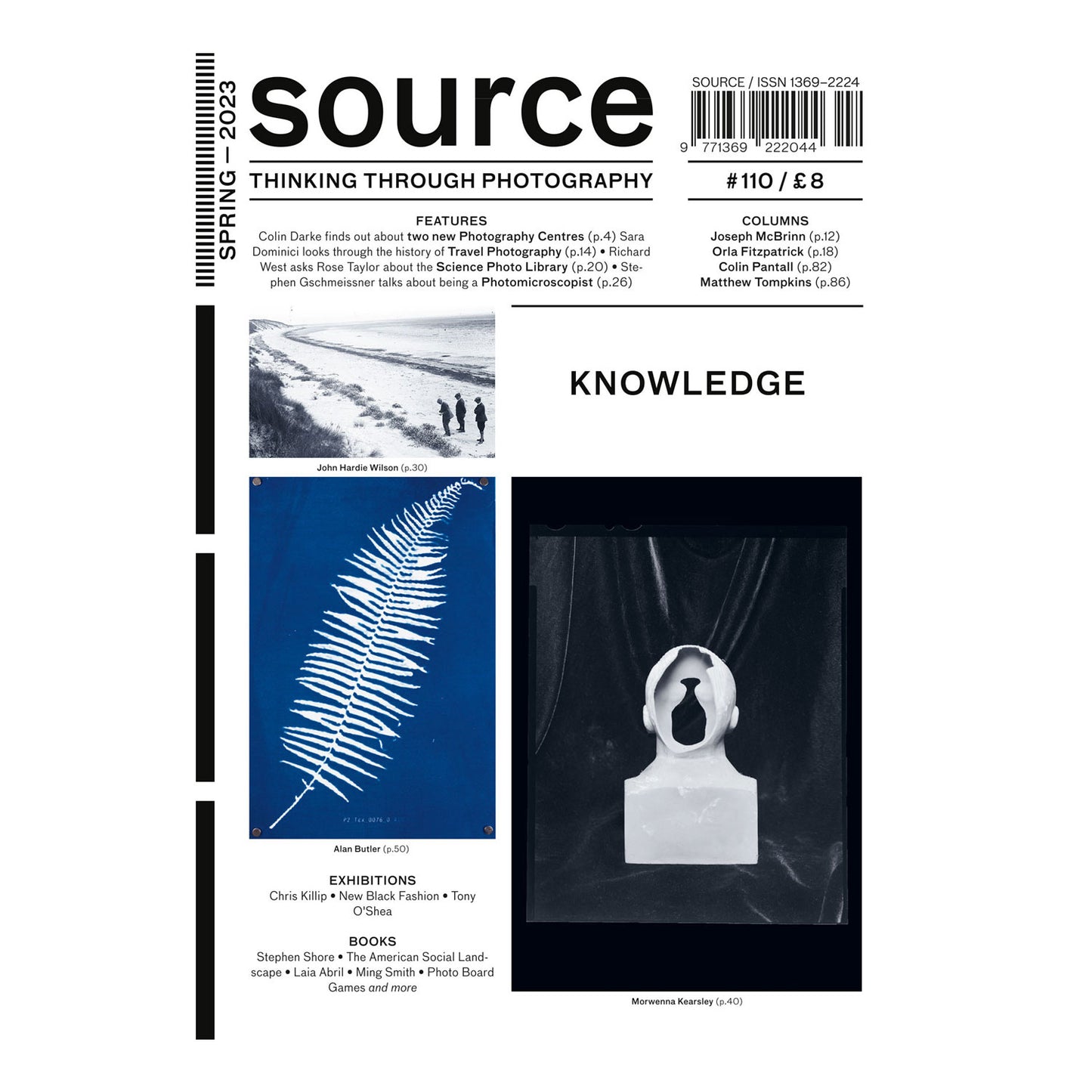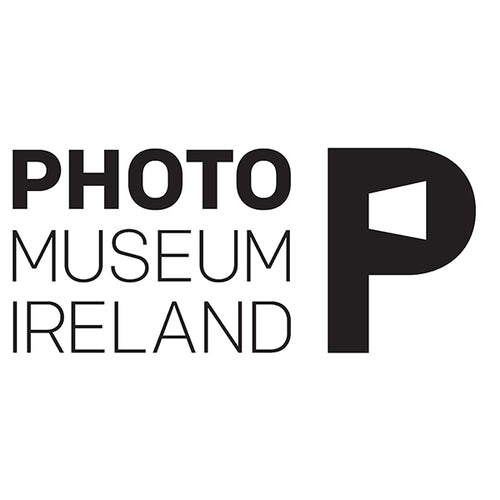Source Photographic review
Source 110 - Spring 2023 - Knowledge
Source 110 - Spring 2023 - Knowledge
Couldn't load pickup availability
KNOWLEDGE
We know about many places we have never visited via photographs. Many of those photographs could be described as tourist or travel photography, a category that extends from traveller’s pictures to those commissioned by tourist boards and travel companies. Sara Dominici outlines the development of this genre, from surprisingly early on in the history of photography to the present day, and shows that these images are as much a product of market forces as anyone’s desire to learn about the world.
We might have more confidence in science as a foundation for our knowledge. If you are not a scientist then you could come to understand scientific insights via images, in particular those generated by recent technologies like MRI scanners, Electron Microscopes and the latest telescopes, all of which show us things that would otherwise be invisible to us. The Science Photo Library was set up to distribute these images to a market beyond the narrow scientific literature that they were originally created for. Rose Taylor, the Creative Director, explains how these images circulate and what transformation they undego to reach a general public.
John Hardie Wilson practised botany and agronomy in the late nineteenth and early twentieth century, lecturing in both disciplines at St Andrews University. His lectures were illustrated by his specimen photographs, of which there are hundreds archived by the university. Through his various uses of the medium he aimed to expose details which would otherwise not be discernible. Nora Labo looks at these lantern slides of plant life, from microscopic detail to their place within the landscape. She describes the images as ‘simultaneously informative and marvellous’.
John Hardie Wilson practised botany and agronomy in the late nineteenth and early twentieth century, lecturing in both disciplines at St Andrews University. His lectures were illustrated by his specimen photographs, of which there are hundreds archived by the university. Through his various uses of the medium he aimed to expose details which would otherwise not be discernible. Nora Labo looks at these lantern slides of plant life, from microscopic detail to their place within the landscape. She describes the images as "simultaneously informative and marvellous".
Alan Butler’s Virtual Botany Cyanotypes have the appearance of scientific images, specifically they resemble Anna Atkins’ Photographs of British Algae. However, although they have been systematically collected and carefully presented, Butler is a virtual Botanist harvesting digital plants. As Eugenie Shinkle describes, the distinction between the virtual catalogue and the real is not so straightforward. The digital plants have undergone an evolution, just like their real world counterparts. Can these plants and the computer generated ecosystems they come from be an object of knowledge too?
Morwenna Kearsley has also produced a catalogue of precisely-photographed objects. The title, Notch Coderefers to the film with which these record pictures were made. The objects resemble the contents of a museum display cabinet but they are each titled as if from a folk tale. As Francesca Butterfield explains, you can know someone via the prosaic, every day items they collect. Presented in the right way those objects might become a fable about their life.
— The Editors


